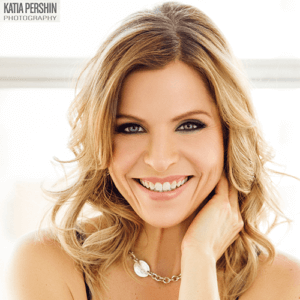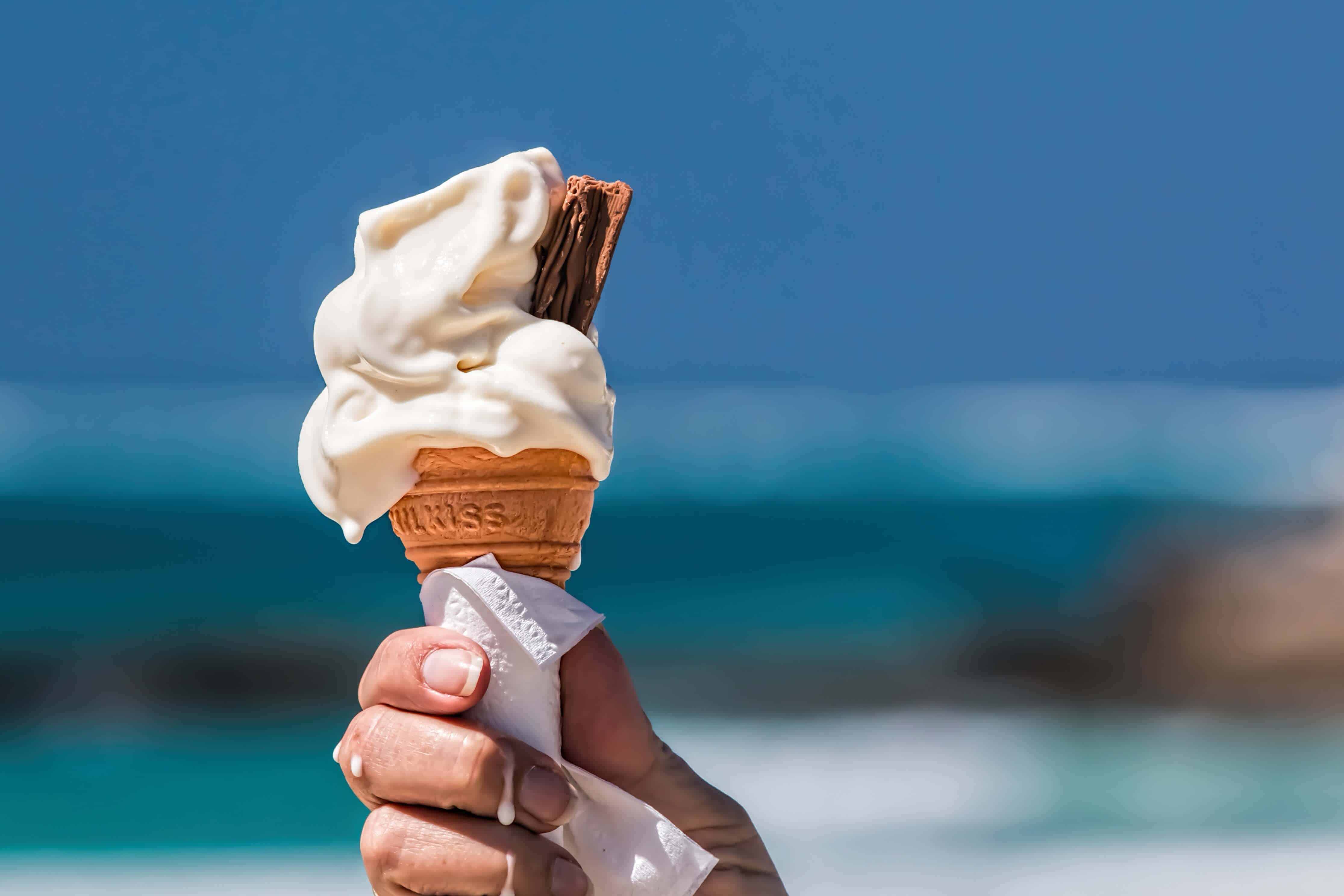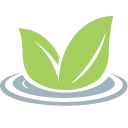 From Alcohol to Sugar: The Short Jaunt
From Alcohol to Sugar: The Short Jaunt
My drinking life ended the day I realized I could no longer continue to clean up the messes I was creating; the day the mess got a little too messy for me to be able to “oops” it away. Life smacked me in the face in the form of police officers and handcuffs and cold, white holding cells. And I surrendered. I was tired. It was time.
That’s how rock bottom can change a person.
Rock bottoms can be so completely freeing because they allow us an opportunity to sift. We sort through our lives and we find what’s working…and what’s not. I got sober at the age of 29, and I couldn’t prepare myself for where sobriety would take me; because it landed me much closer to myself. I hadn’t gotten to know sobriety very well until then. For the first time in my life, I was paying attention to me. I listened to my own needs, heeding my own advice and taking care of myself in a way I had never done before. I would like to share some of what I’ve learned with you.
When I drank, I never craved sweets. In fact, I felt bad for the people who couldn’t seem to resist the dessert course, and so I wasn’t prepared for the intense pull towards sugar that I felt almost immediately upon getting sober. It was powerful. And it had a compelling argument.
“You deserve this!”
“You gave up alcohol, for God’s sake. Eat the effing brownie!”
“Well at least it’s better than drinking…”
And in those early days, I believed those messages. I’d lie on the couch at night watching reality TV shows with a pint of Ben & Jerry’s in one hand and a spoon in the other. And I’d numb. The same way I had numbed with booze.
And yet I knew that this wasn’t better. I knew that there had to be more to my life than ending each day on the couch, with TV, eating ice cream.
So I got to work. I began my quest to understand the undeniable link between what we eat and how we feel, and over the past 15 years, I have worked hard to understand how we can enjoy more freedom around food. Because I never want to diet; and I don’t want anyone else to have to diet, either. Sharing what I’ve learned has served as a reminder that our rock bottoms can truly become our most profound agents for change.
In this two part series, I will first be sharing with you how alcohol addiction can lead to sugar addiction. In part 2, I will offer my best strategies for dealing with sugar cravings; strategies that have helped thousands of people who were struggling the same way I was in early recovery. I hope they help you to know that you are not alone and to see that there is hope, especially if you are feeling out of control, like I was.
So, what’s the deal with sugar, anyway? And why didn’t I crave broccoli when I got sober?
From a physiological perspective, sugar is a simple carbohydrate that causes our blood sugar to spike when it enters the bloodstream. In turn, it spurs our pancreas to do its job, which is to release insulin. Insulin’s job is to regulate our blood sugar—to keep it stable—so the more sugar we eat, the more insulin we produce. When we gobble down a donut or a pint of ice cream, our blood sugar rises. Insulin comes in to do its job, and our blood sugar comes back down. Until our next fix. And it is this up and down that creates the “rush” and “crash” that we’ve all felt; where we are drained of energy after eating sugar so we eat more of it to bring ourselves back up again.
We don’t experience this with broccoli. Broccoli isn’t a food we crave because we don’t get that rush we get from sugar. When we eat broccoli, it’s like the dog who’s napping and hears a noise…he might lazily open one eye and maybe raise his head a little, but in moments, it’s back to lala land. That is your blood sugar on broccoli…kinda no big deal. And if it’s kinda no big deal, then we are less likely to crave it.
Many of us in recovery find that when we were drinking, we didn’t crave sweets, but now that we’ve quit, we can’t get enough chocolate or cookies or candy. There is a positive link between alcoholism and hypoglycemia—people who are addicted to alcohol can tend to have low blood sugar—and hence we might crave sugar in order to raise it up.
We also know that there is a phenomenon called “addiction transference”, where we trade one addiction for another. This is what happened to me. I stopped drinking and all I wanted to do was eat junk food. I craved sugar the way I craved booze and I used sugar in a very similar way I had used alcohol—as a way to soothe my emotions; to cope; to numb.
When we quit drinking, we also crave the dopamine rush we used to get when we’d imbibe. In the brain, dopamine is a neurotransmitter, which means it is a chemical released by nerve cells to send signals to other nerve cells. Think about the feeling you get when you accomplish something, say, completing a tough project. That feeling, that rush of accomplishment, is dopamine at play. When we drink or take drugs, dopamine is released. With continued use, it gets harder and harder to feel good on our own—just by accomplishing tasks and experiencing the small pleasures of life—and we need more and more of our drug of choice to feel the way we want to feel. This is known as tolerance.
Sugar acts the same way. We become tolerant of the amount of sugar we are consuming and we require more and more of it to feel the rush we want to experience. Tolerance and withdrawal are the hallmarks of addiction, and just ask anyone who has given up sugar or done my 28 day Kick The Sugar Challenge, and you will know what it’s like to experience withdrawal from it—cravings, weakness, fatigue, skin breakouts and irritability are all common side effects when eliminating refined sugar from our diets.
The good news is that there are proven strategies that can help us lessen our cravings, improve our health, feel better and enjoy our lives fully in addiction recovery. I can’t wait to share those tools with you next time. Until then, I have one piece of homework for you. Ready? I want you to pay attention to the foods you crave. That’s all. Just pay attention. You may choose to go one step further and write down your cravings in a journal, along with the time of day and the reason why you think you might be craving them. From there, you get to decide whether or not you act on the craving. Because awareness is the key to creating change, if change is what you seek.
About the Author

Sarah is a wellness entrepreneur and the author of The 28 Day Kick The Sugar Challenge as well as the founder of the popular blog SarahTalksFood.com and the creator of The 6 Week Sugar Freedom eCourse, a 6 week program designed to help people uncomplicated their relationship with food in order to experience greater freedom in their lives.


 From Alcohol to Sugar: The Short Jaunt
From Alcohol to Sugar: The Short Jaunt